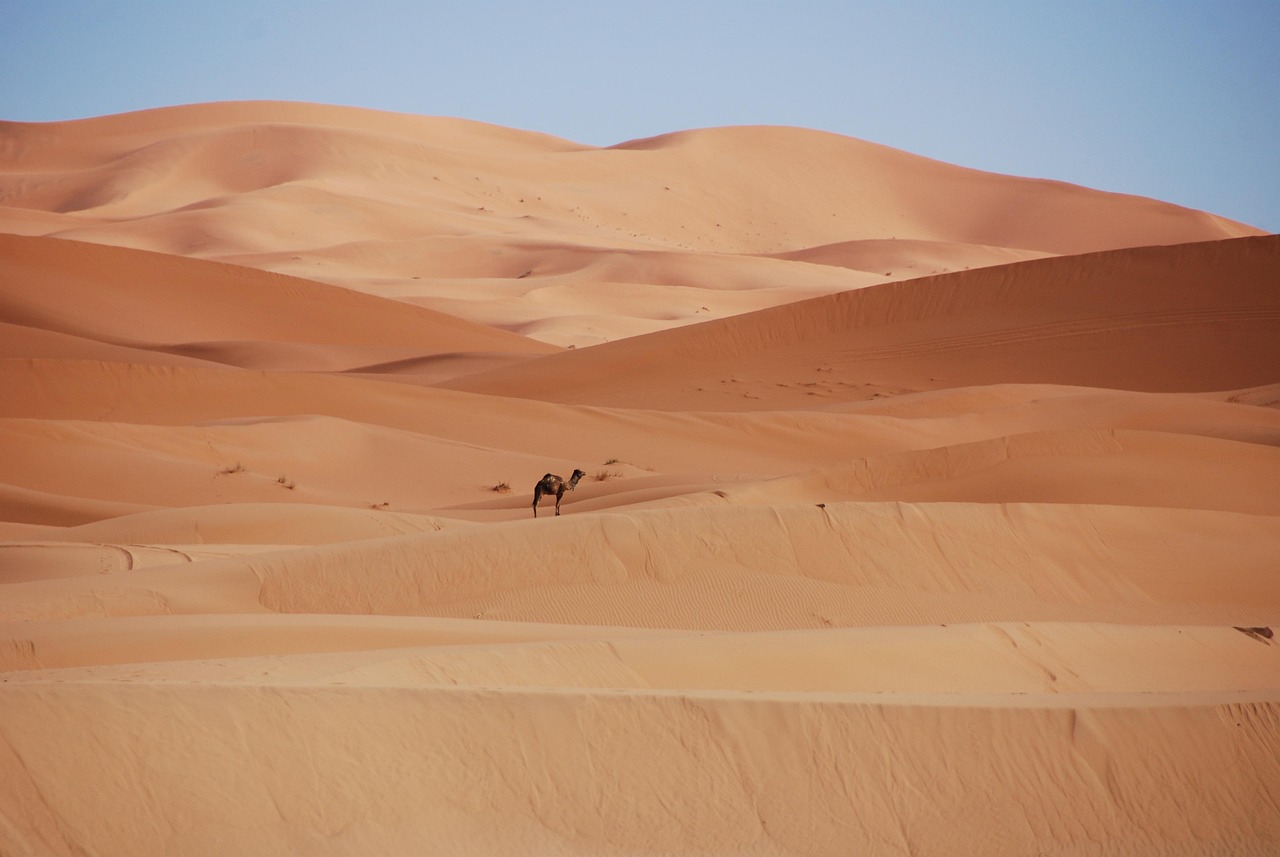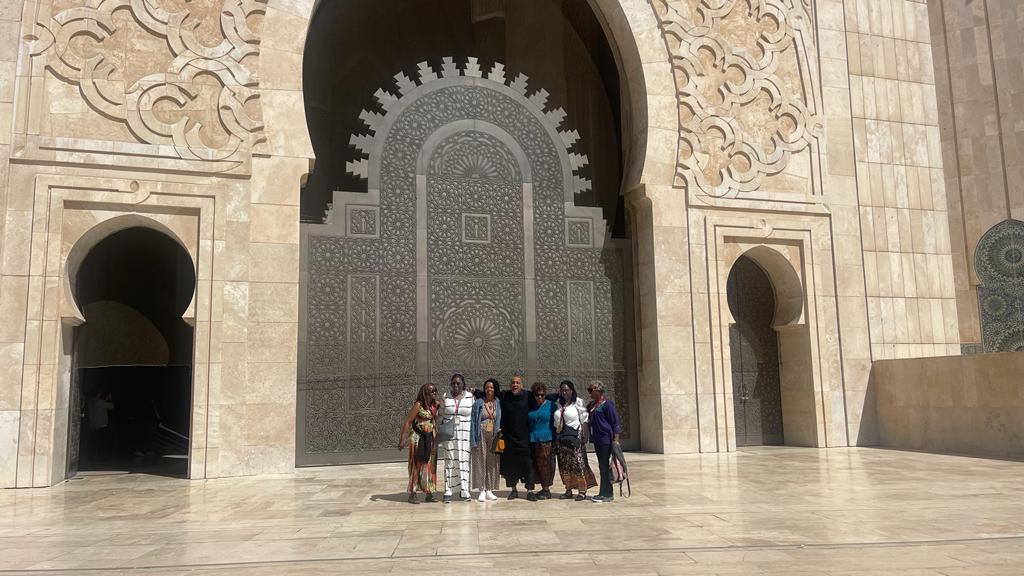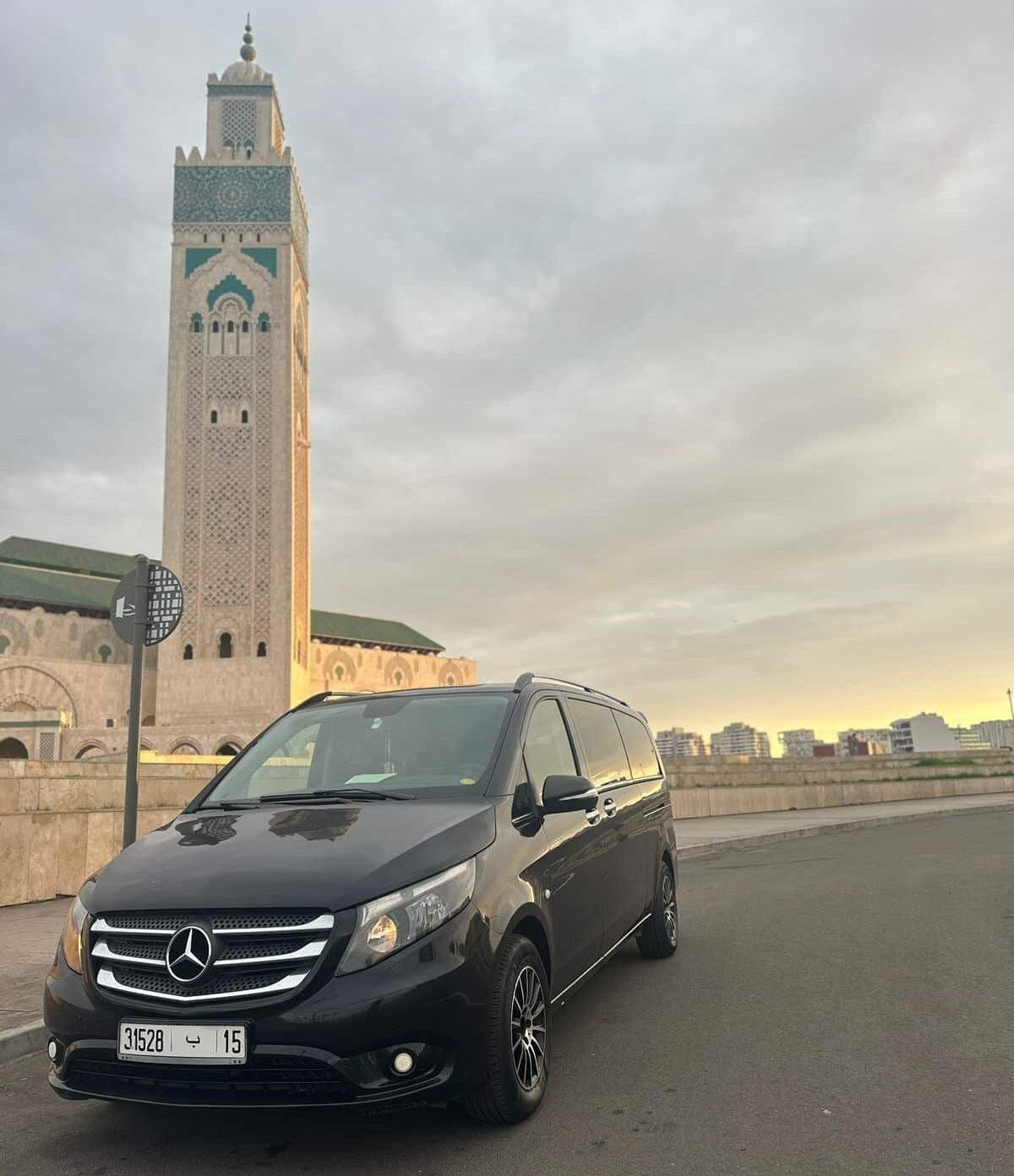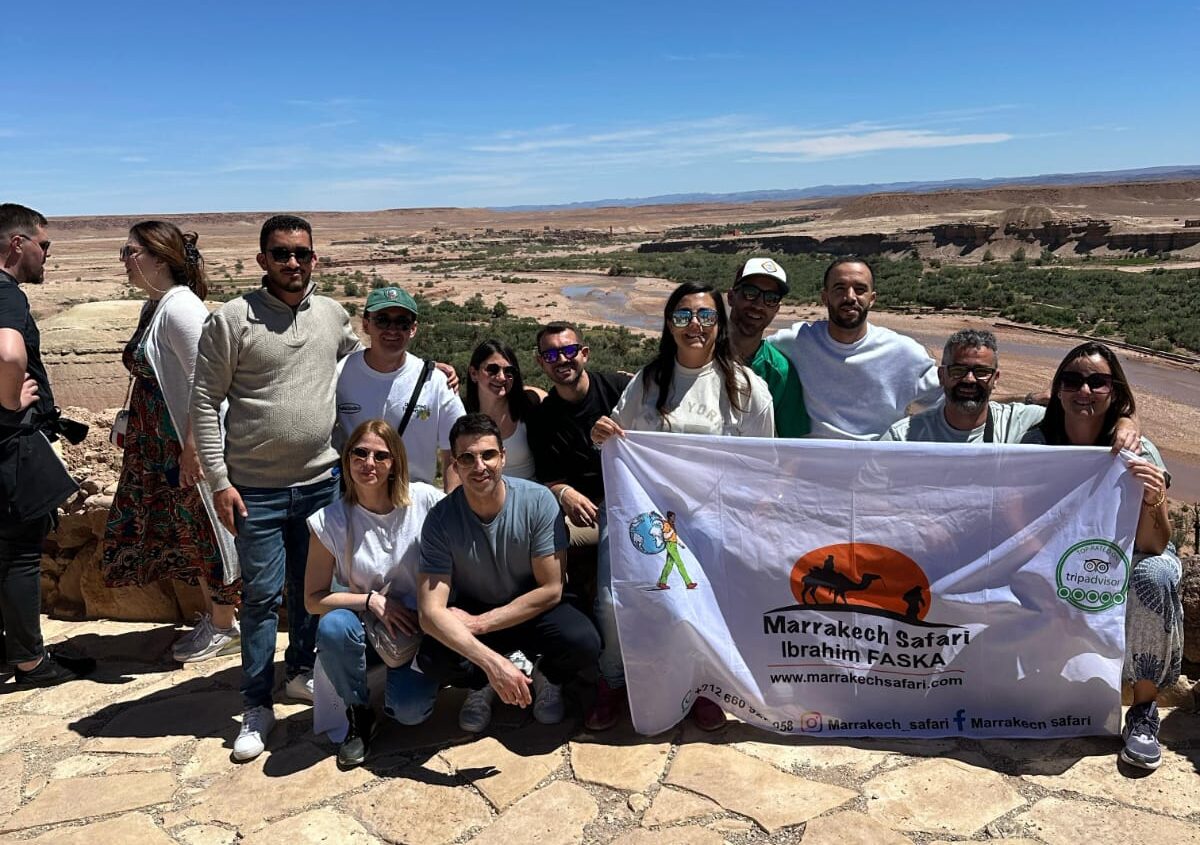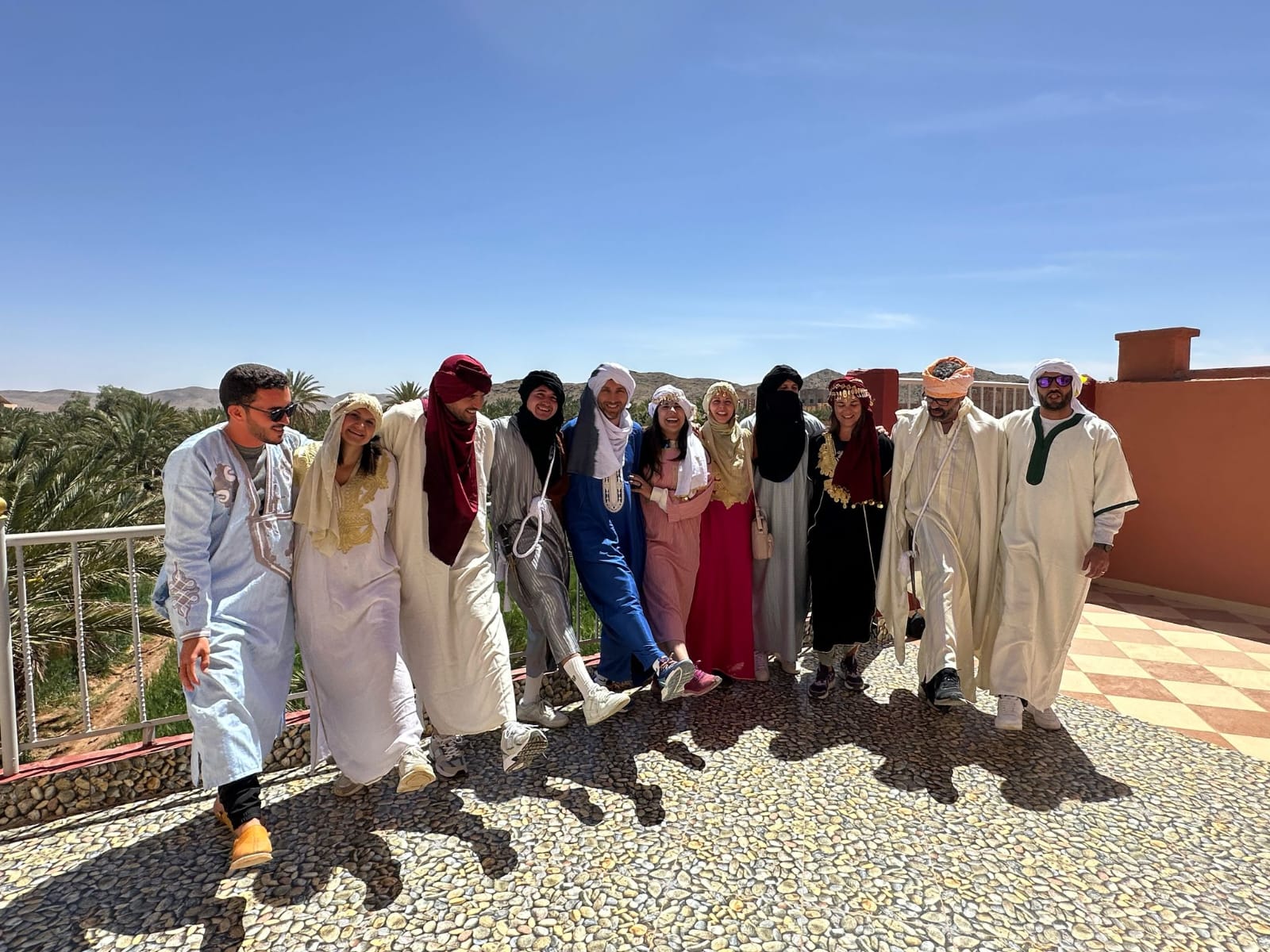 moha ait Ali (Morocco Tour Company) - Autres Blogs
moha ait Ali (Morocco Tour Company) - Autres Blogs
Page Vitrine : https-moroccotourcompany-com
2025-07-14
Draa Valley '' A Magical Oasis In the heart of the desert''
From Ouarzazate the
p31 leads you southeast along the magical Draa valley, a ribbon of technicoloured palmerais, kasbahs
and Berber village. One of the longestrivers in Morocco, the Draa originates in
the High Atlas before reaching the Atlantic at Cap Draa, just north of Tan Tan.
In reality, the waters generally seep away into desert. The richest section of
the valley lies between Agdz and Zagora, a stretch of about 95km. Beyond that,
a minor road takes you a further 96km south to the village of M’Hamid, just
40km short of the Algerian border. The drive to Zagora takes three to four
hours. Morocco Tour Company
Agdez:
About 20km southeast of the 1660m Tizi n’Tinififft, Agdz (pronounced ag-a-dez) is basically a one road town with a palmeraie, a kasbah and views of the weird-looking Jebel Kissane. It makes a decent base for walks through the Draa, if you’re in the market for a carpet, there are several shops along the main thoroughfare.
Places To Stay & Eat:
The camping
Kasbah-Plameraie (sign-posted) is located, as the name suggests, near a small
kasbah.
There are two cheapies on Place de la
Marche Verte. The Hotel Restaurant Draa has big, simple rooms with double beds.
Singles/doubles cost Dr35/70, and you may even get hot water in the shared
showers. The Hotel des Palmeraies is much the same.
Getting there away:
CTM, SATAS and several
other buses stop here en route between Ouarzazate and Zagora. Sometimes you can
get on, sometimes you can’t. Otherwise, occasional grands taxis go to
Ouarzazate and Zagora grands taxis go to Ouarzazate and Zagora Dr 20 either way.
Zagora:
Zagora is largely a
recent creation, dating from French colonial times, when it was set up as an
administrative post. Nevertheless, the oasis has always been inhabited, and it
was from this area that the Saadians began their conquest of Morocco in the 16th
century.
There are plenty of interesting places to explore in the vicinity and the town does have its moments, particularly when a dust storm blows up out of desert and the light becomes totally surreal. Zagora is also where you’ll see the famed, but somewhat battered, sign reading “Tombouctou 52 jours’ (by camel caravan).
There is a large market on Wednesday and Sunday, when fruits ( dates are the big commodity down here), vegetables, herbs, hardware, handicrafs, sheep, goats and donkeys are brought in to be sold. Morocco 10 days itinerary
Cultural Heritage:
Zagora's culture is
deeply rooted in its Amazigh history,
with the town being home to various tribes that have preserved their traditions
and way of life. The locals take great pride in their heritage, which is
reflected in their music, dance, and art. The Ahidous dance, a collective
Berber dance, is a staple at local festivals and gatherings, showcasing the
community's strong sense of unity and celebration.
Traditional architecture:
The town and its surroundings are dotted with
ancient kasbahs and ksour, which are a testament to the ingenuity of Berber
architecture. These mud-brick structures have withstood the test of time and
offer a glimpse into the region's rich history. Notable examples include the
Ksar de Tamegroute and the Kasbah de Tamnougalt, which are must-visits for
anyone interested in exploring Zagora's cultural landscape.
Crafts:
Zagora is renowned for
its artisanal crafts, including pottery, weaving, and metalwork. Local artisans
have honed their skills over generations, creating beautiful and intricate
pieces that reflect the region's vibrant culture. Visitors can explore souks
and workshops to witness these crafts firsthand and take home unique souvenirs.
Cuisine:
The cuisine in Zagora is a delicious reflection of the town's cultural heritage, with dishes like tajine, couscous, and dates being staples of the local diet. The date palm is a symbol of prosperity and abundance in Zagora, and its fruits are harvested during the fall season. Visitors can indulge in traditional meals and drinks, such as mint tea, which is an integral part of Berber hospitality.
Festival & Events:
Zagora hosts various
festivals and events throughout the year, showcasing its rich cultural heritage.
The town's festivals are a celebration of its history, music, and traditions,
offering visitors a unique opportunity to experience the local culture.
Style & Living:
The people of Zagora
lead a traditional lifestyle, deeply connected to the land and their customs.
The town's architecture, cuisine, and artisanal crafts all reflect this strong
connection. Visitors can experience the warm hospitality of the Berber
communities, who welcome guests with open arms and share their traditions and
way of life.
Tips for visitors:
When visiting Zagora,
it's essential to respect local customs and traditions. Dressing
conservatively, covering shoulders, and wearing long skirts or pants are
recommended. Dining etiquette is also crucial, and visitors should be mindful
of local norms to ensure a harmonious experience.
Conclusion:
Zagora
is a hidden gem in the Sahara Desert, offering a unique cultural experience
that blends tradition, history, and natural beauty. Visitors can immerse
themselves in the town's vibrant culture, explore ancient architecture, and
experience the warm hospitality of the Berber communities.

